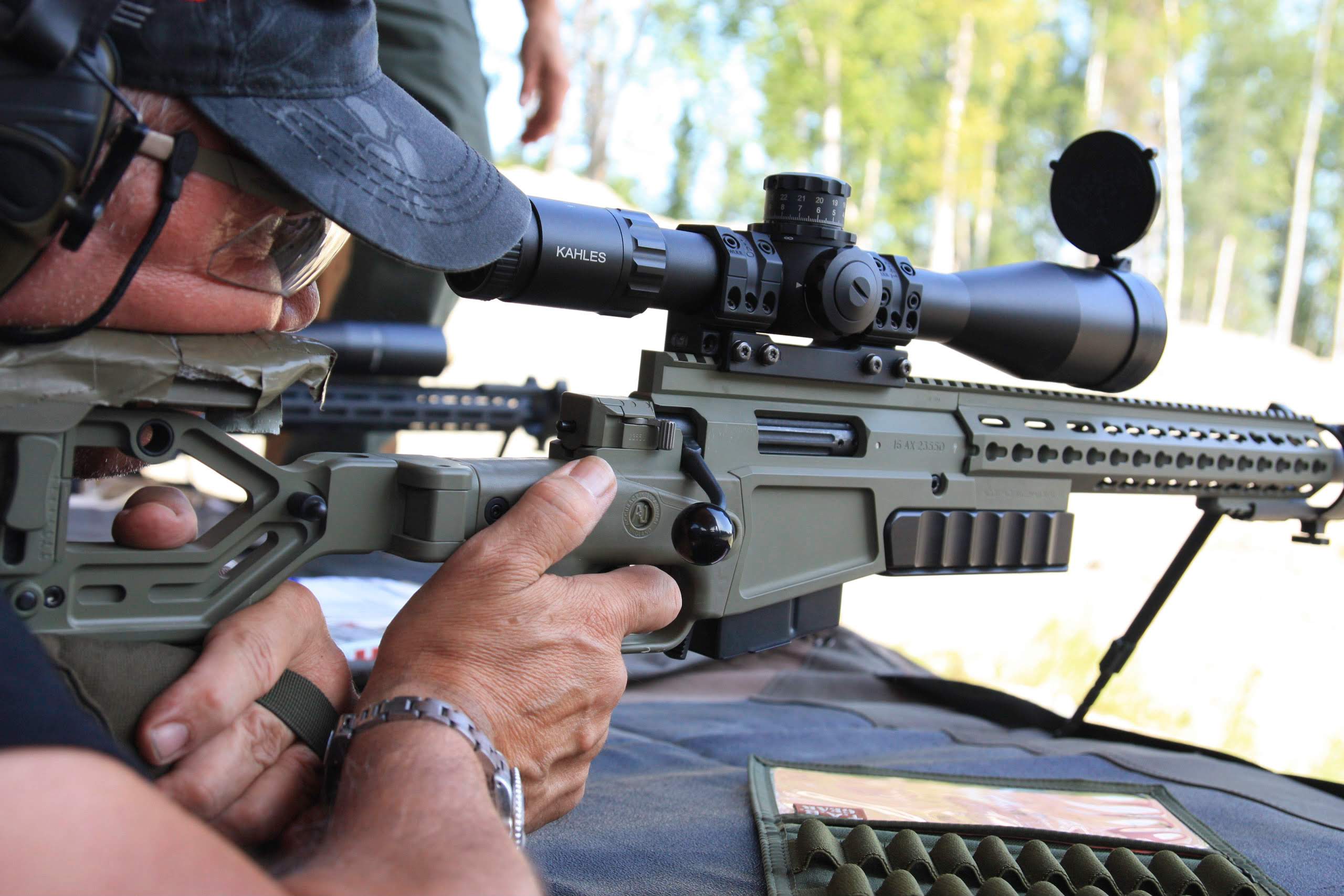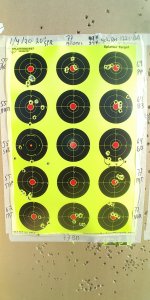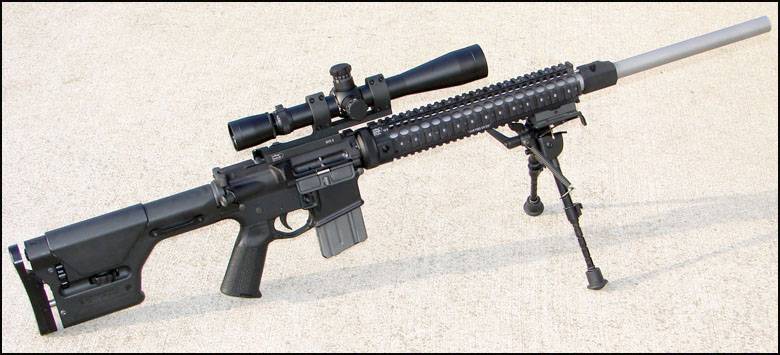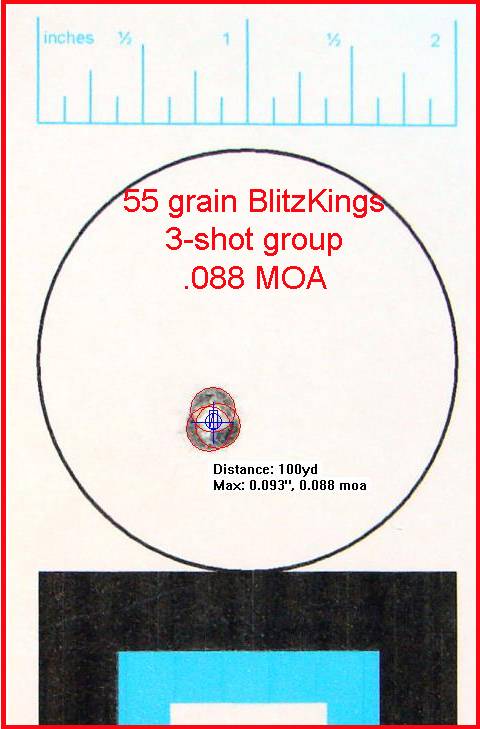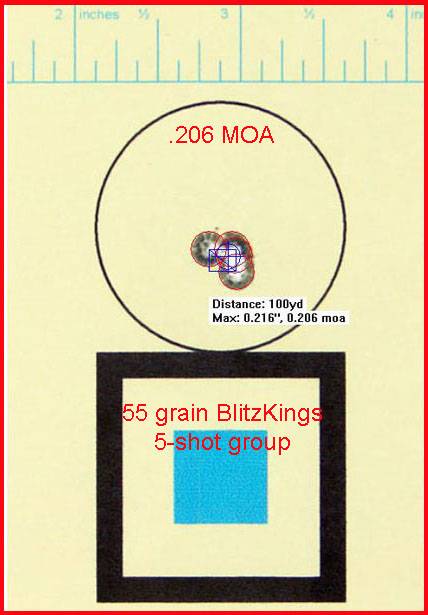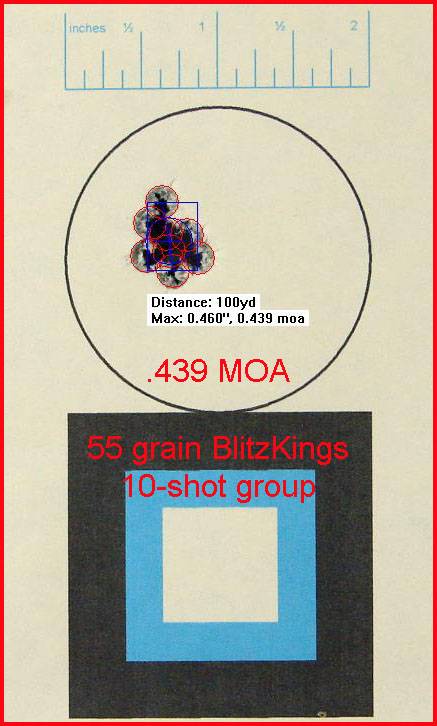Everything that I have experienced, as well as my basic understanding of marksmanship has lead me to question a TON of what people are saying is the cause of semi-autos being hard to shoot in comparison to bolt action rifles.
Assuming you have a very quality and well built “precision” semi-auto, the reciprocating mass, moving parts, lock time, and follow through have nothing to do with individual shot performance. As long as you have established proper NPA and press the trigger perfectly along the axis of the rifle without inducing axial stress, then the shot will go where it is supposed to.
From what I have experienced, proper follow through and shooting past the shot will help you do do everything correct while the shot actually breaks, but the follow through after ignition of the round will not make the shot more accurate. And by the time the bolt even begins to unlock, the round is completely outside of the barrel and won’t be influenced by the action.
A lot of technique can help with follow up shots, and reducing the amount of time it takes to shoot multiple correct shots, but a lot of the stuff that is talked about doesn’t seem to actually effect the shot.
I am not a physicist, or a firearms engineer, nor am I an accomplished shooter, but I did stay at a Best Western, and this seems to make sense in my head.
Am I wrong, or completely off base here?

